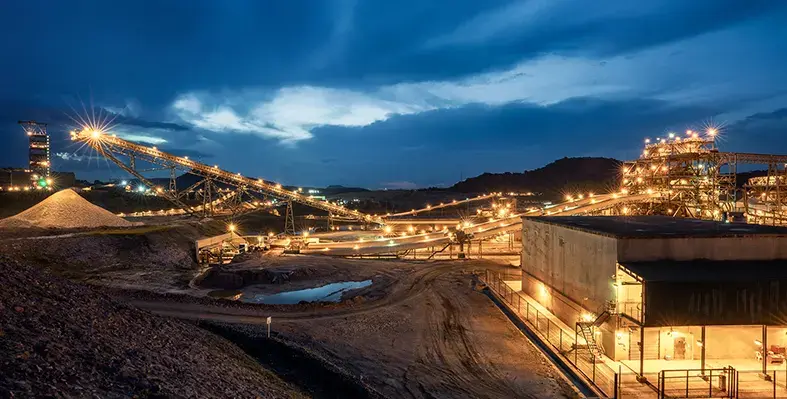Barrick Gold Corporation has reported encouraging exploration progress along the ARK-KCD corridor, reinforcing the potential for further mineral discoveries at Kibali, the largest and most environmentally conscious gold mine in Africa
The latest drill results show expanding mineralisation across lateral and downward extensions within the ARK-KCD system. This suggests significant opportunity to grow the mine’s reserves within its current footprint, Barrick announced during a media event in Kinshasa.
Barrick president and CEO Mark Bristow said the new geological insights point to a well-defined structural zone that could support additional high-grade orebodies.
“Kibali was built with a long-term view and has consistently delivered across production, partnerships and reserve growth. We’ve replaced every ounce we’ve mined and more since Kibali poured its first gold in 2013, and the ARK-KCD corridor shows that there’s still much more to come,” he stated.
Since inception, the Kibali operation has invested over US$6.3bn in the Democratic Republic of Congo (DRC), with US$3.1bn of that paid directly to local contractors and partners. The mine remains the biggest economic engine in northeastern DRC, spanning the provinces of Haut-Uele and Ituri.
Mining operations at satellite pits — Kalimva, Ikamva, and Ndala — are being conducted through contracts with Congolese businesses. Over 700 local companies benefit from supply chain opportunities and capacity-building initiatives. Procurement processes are managed transparently in collaboration with the DRC’s subcontracting authority, ARSP.
“Kibali is more than a mine. It’s a partnership that anchors the regional economy. It’s Congolese-led, Congolese-supplied and built to last. We’re proud of the model we’ve created here — one that delivers shared value every step of the way,” Bristow added.
Operational enhancements underway in the underground section are expected to yield productivity improvements in Q3, with a focus on cost efficiency and performance optimisation. The site’s renewable energy capacity has also been upgraded with the commissioning of a 16MW solar plant and Battery Energy Storage System (BESS), allowing Kibali to operate on 100% renewables for half the year and lifting its total renewable energy usage to 85%.
“This is what the energy transition looks like in practice. It’s a benchmark not just for Africa but for the global mining industry,” said Bristow.
As part of its broader environmental commitments, Barrick is also deepening its involvement in biodiversity restoration. In collaboration with the Congolese Institute for Nature Conservation and African Parks, plans are in motion to relocate 64 white rhinos to Garamba National Park by year-end — a continuation of the rewilding initiative that began with 16 rhinos in 2023.
Meanwhile, the Barrick Academy continues to promote local skills development, with 170 employees participating in training programmes during the second quarter.
Community development is also progressing steadily. Of the 44 projects funded via Kibali’s 0.3% community fund, 41 have been completed, focusing on infrastructure, healthcare, and education. Additionally, US$4.8mn has been invested in executing the mine’s legally mandated social responsibility commitments under the Cahier des Charges framework.
“Kibali is our blueprint for sustainable growth in the DRC. Built on a foundation that is technically sound, socially rooted, and environmentally responsible, it reflects our long-term vision. The experience and lessons gained here in one of the world’s toughest mining environments will guide us as we look to expand our in-country portfolio to include not just more gold but also copper projects,” Bristow concluded.






